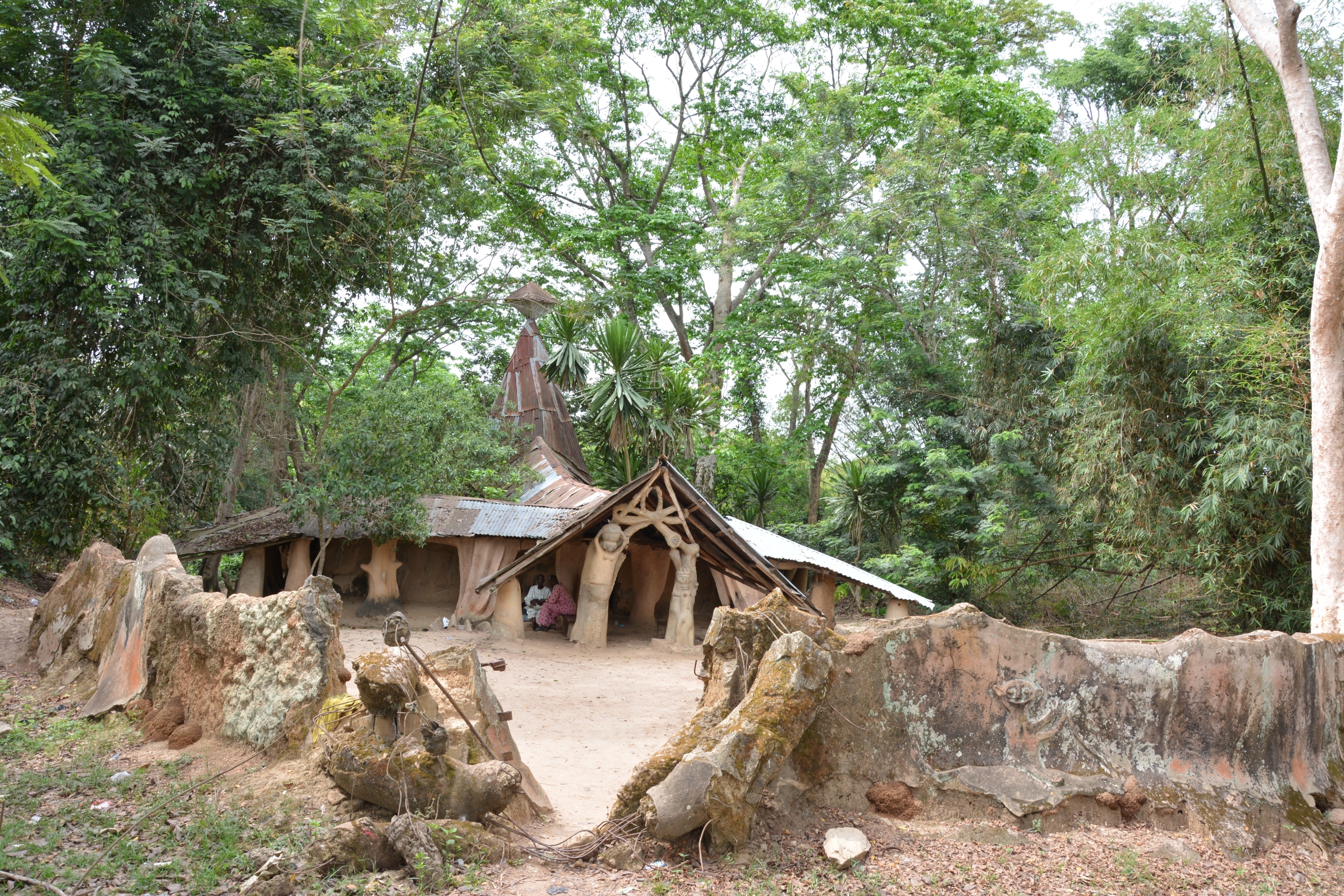The Yoruba religious tradition is one of the most influential spiritual systems to emerge from West Africa. Rooted in the cultural and philosophical foundations of the Yoruba people—who primarily inhabit southwestern Nigeria, as well as parts of Benin and Togo—this tradition emphasizes the worship of Òrìṣà, or divine spirits, who serve as intermediaries between humanity and Olódùmarè, the Supreme Being.
Yoruba religious practice is deeply intertwined with oral literature, ritual performance, and divination systems such as Ifá, a complex corpus of wisdom and philosophy. The tradition survived the transatlantic slave trade, becoming the foundation for Afro-diasporic religions such as Candomblé in Brazil, Santería in Cuba, and Vodou in Haiti. These traditions, often syncretized with Christianity and indigenous beliefs, continue to thrive in the Americas, forming a vital link between African heritage and contemporary spiritual practice.
Among the many sacred sites in Yoruba religious practice, the Osun-Osogbo Sacred Grove in Osogbo, Nigeria, holds a special significance. Designated as a UNESCO World Heritage Site in 2005, this dense forest sanctuary is dedicated to Osun (Òṣun), the Yoruba deity of fertility, love, and fresh water. The grove is one of the last remaining sacred forests in Yoruba land, preserving not only spiritual traditions but also a rich ecological and artistic heritage.
An ancestral pilgrimage
Each year in August, the Osun Festival transforms the grove into a major center of pilgrimage, drawing thousands of devotees and visitors. Pilgrims from across Nigeria and the African diaspora travel to Osogbo to participate in traditional rites, make offerings at the sacred river, and seek Osun’s blessings for fertility, protection, and prosperity. Many Yoruba descendants in the Americas, particularly practitioners of Candomblé, Santería, and Ifá, view the festival as a way to reconnect with ancestral traditions, reinforcing cultural continuity across continents.

At the heart of the festival is the role of the Arugba, a young virgin girl chosen to carry a sacrificial calabash filled with offerings to Osun. The procession, led by the Ataoja (the king of Osogbo), is a moment of heightened spiritual energy, as pilgrims follow the Arugba to the river’s edge, singing, drumming, and invoking Osun’s presence. The Osun River itself is considered sacred, and many immerse themselves in its waters, believing in its healing and spiritual power.
The Sacred Grove as a cultural and historical legacy
Beyond its religious significance, the Osun-Osogbo Sacred Grove is an important cultural landmark. The site is adorned with intricate sculptures and shrines created by Susanne Wenger, an Austrian artist who became a Yoruba priestess and played a key role in preserving the grove in the mid-20th century. These artistic and architectural elements reflect the living tradition of Yoruba spirituality, blending ancient symbols with contemporary expressions of devotion.
The continued importance of the Osun-Osogbo pilgrimage underscores the resilience of Yoruba religious practices, both in West Africa and in the diaspora. In a globalized world, where cultural traditions often face erosion, the pilgrimage remains a powerful act of spiritual renewal and ancestral remembrance. Whether for local devotees or those returning from distant lands, the sacred grove offers a profound connection to the past, the present, and the enduring legacy of Yoruba spirituality.





